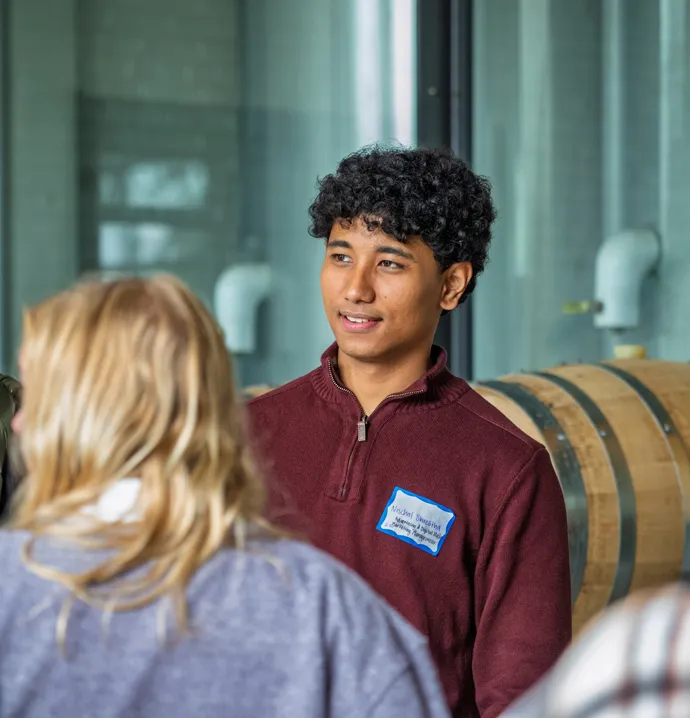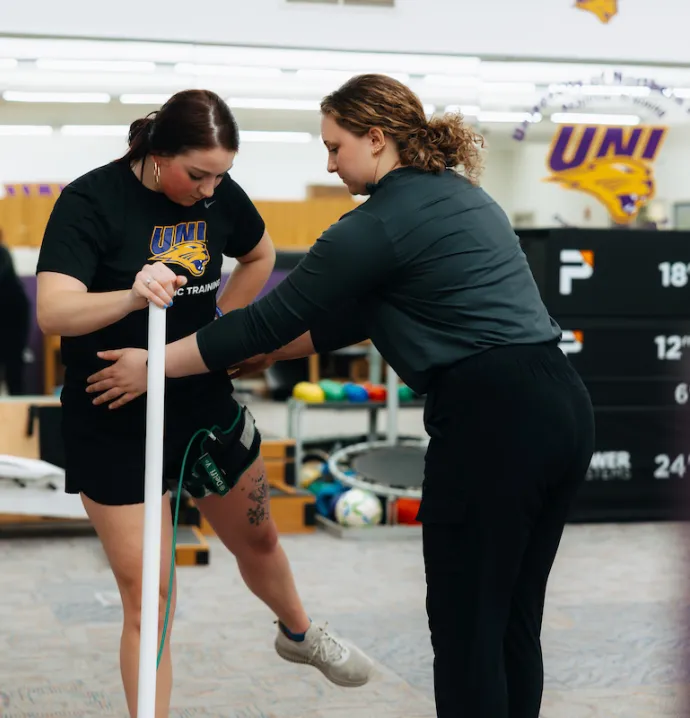A COVID-19 vaccine is here. What comes next?
A COVID-19 vaccine is here. What comes next?
Some hopeful news arrived last week as hospitals across the country began administering the first COVID-19 vaccine approved in the U.S. The Food and Drug Administration is expected to clear another vaccine for emergency use this week. Initial supplies of both the Pfizer-BioNTech and Moderna vaccines are limited and are only available to health care workers, but last week was widely viewed as an important step in ending a global pandemic.
We spoke with three UNI public health professors - Disa Cornish, Susan Roberts-Dobie and Catherine Zeman - to learn more about what to expect in the coming year.
How important are high vaccination rates? How will public health officials educate the public about safety and convince skeptics?
Roberts-Dobie: High vaccination rates are extremely important, as to reach “herd immunity” for COVID-19 a large portion of the population (75-80%, according to Dr Fauci this week) needs to be immune either through a prior infection or through immunization. If 10% of Americans currently have antibodies from a prior infection, we need 65-70% of the population to get the immunization to reach that 75-80% level. Widespread vaccination will help us reach herd immunity quickly.
Public health officials are working on addressing misinformation and explaining the science behind the vaccines. About ⅓ of Americans reported some level of vaccine hesitancy in a Gallup poll this month. To convince the hesitant, there are plans for large scale education, especially through social media, but also through health care providers, as people generally trust advice from their provider. There are also plans for “influencers” to pledge to receive the vaccine to help overcome skepticism.
After vaccines are widely available, will we still need to wear masks and socially distance?
Zeman: Until herd immunity is obtained it is imperative that public health measures are maintained. It is estimated that by early summer everyone who is willing to be vaccinated will have that opportunity but this takes time and this is a two dose vaccine requiring by some estimates a 21 day window to come to full immunity. So these lag times must be considered as well as the overall vaccination rate of your community. If you have significant risk factors, do not consider yourself “safe” until you are vaccinated!
When do you think normal pre-COVID life resumes?
Cornish: In many ways, we are changed forever because of the virus. The way we work, teach, and socialize is changed in many ways. Regarding when we can go back to hugs, shopping, eating out, and not wearing masks? Probably another year. Even with the vaccine rolling out, we need to keep wearing masks, keep social distancing until vaccination is widespread. And that could be all the way into early 2022.
Do people who’ve been infected still need to be vaccinated?
Cornish: Probably yes. About 5%-10% of participants in the Pfizer and Moderna trials turned out to have had COVID in the past, so it’s probably safe to get the vaccine if you’ve had an active case of the virus. And we really still don’t know how long natural immunity lasts after someone gets COVID. There are definitely people who have had it more than once and a vaccine may have prevented that second round.




